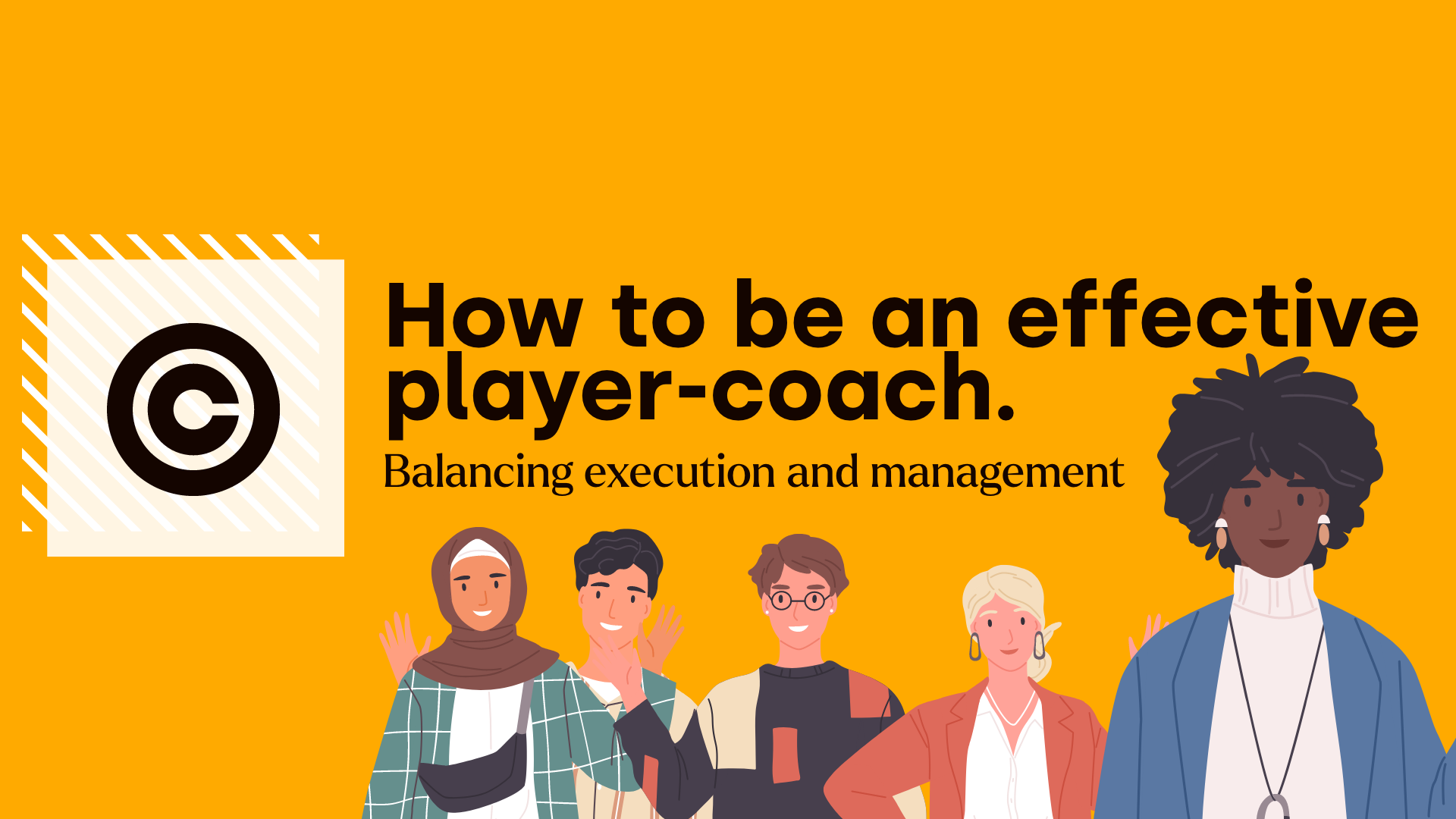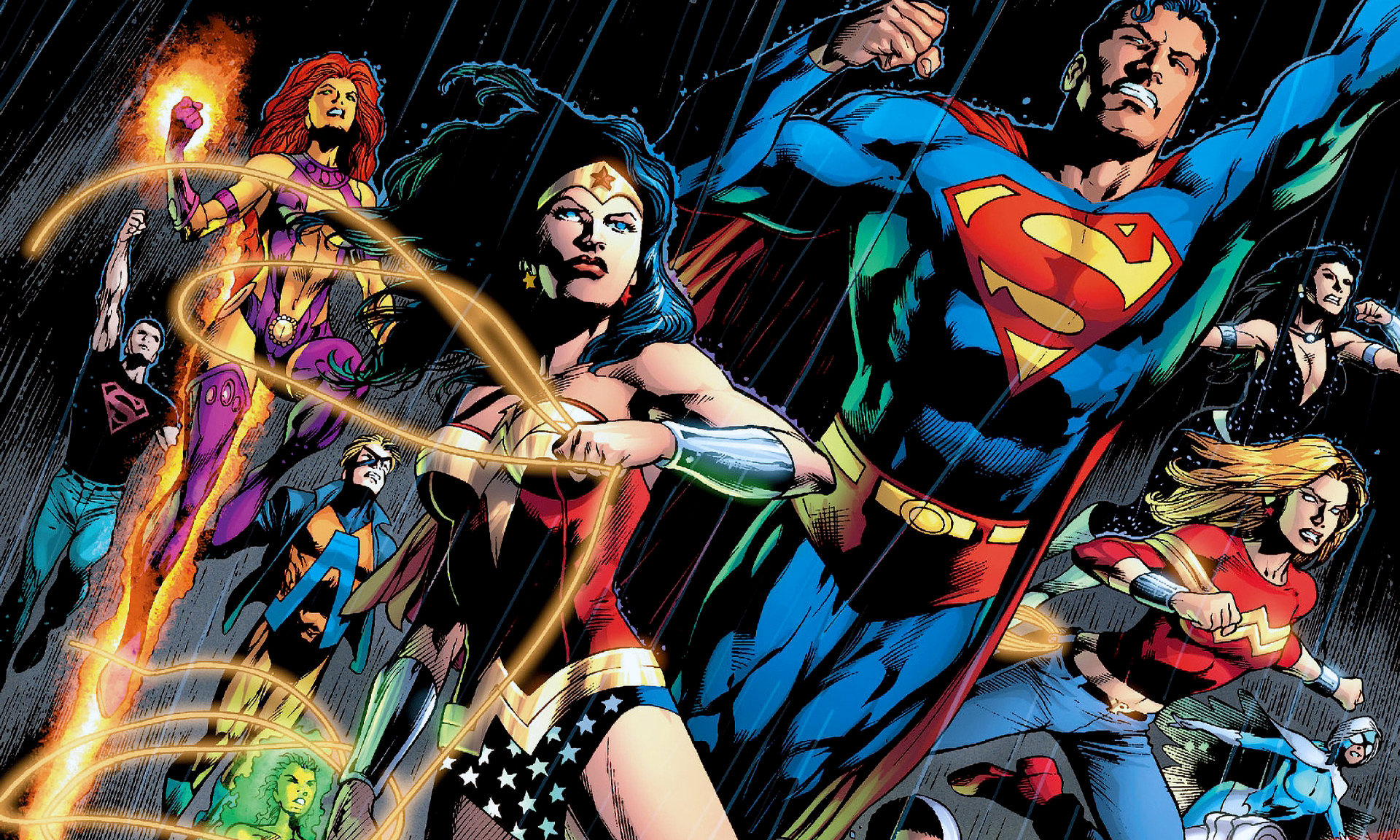Recent

Five Years Later: The Marvel Cinematic Universe Post Endgame
We are officially five years after Avengers: Endgame and the Marvel Cinematic Universe landscape is as bleak as the post-snap world.
Curated

Design for the end-user, not the stakeholder.
Remember who the product is for, and make the best UX decisions for them.
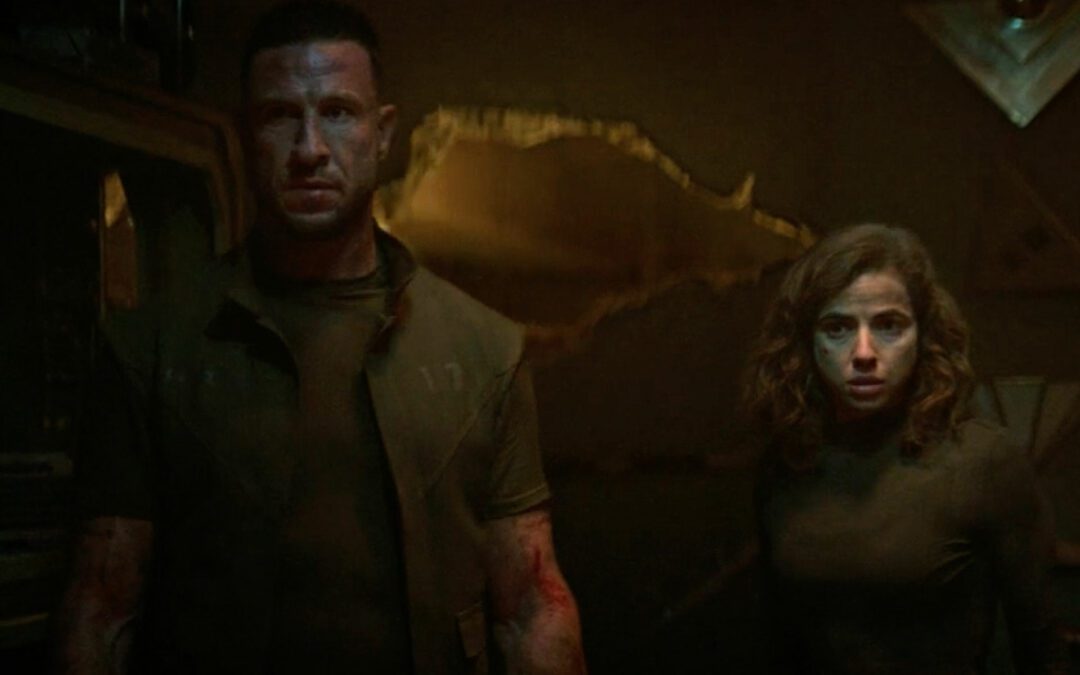
Halo Season 2 is good if you treat it like fan fiction
Halo Season 2 is maybe half way done and I think I am finally understanding what their whole vision for the series is.
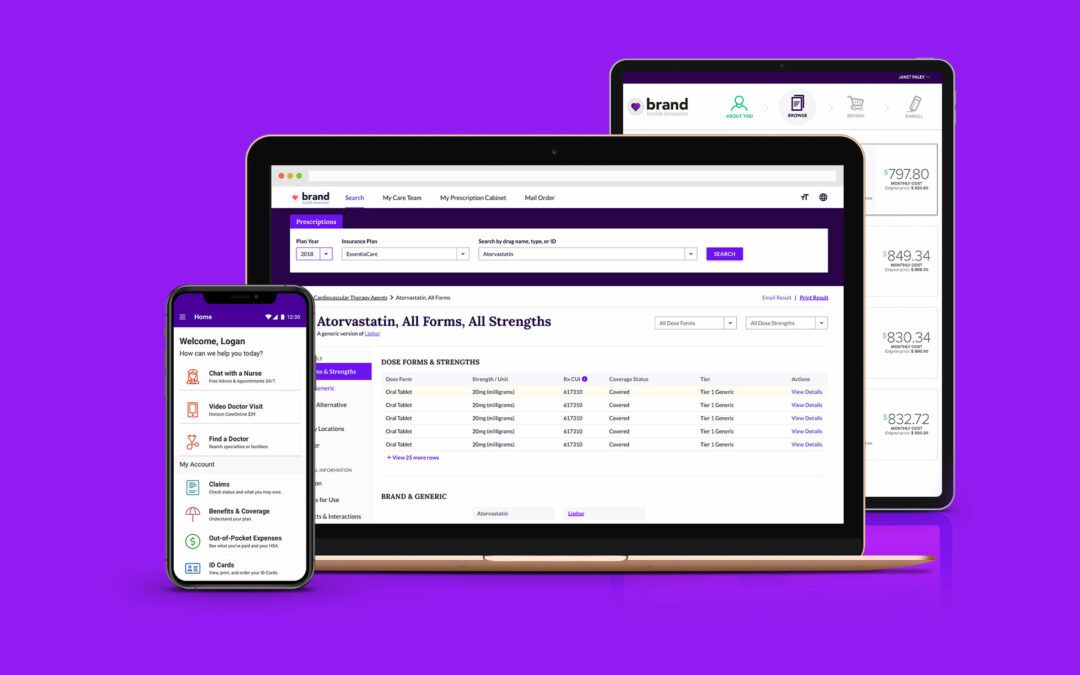
Design products for the end user, not the stakeholders
A message to Designers and employers alike. Always remember to design products for the end-users, not the stakeholders.
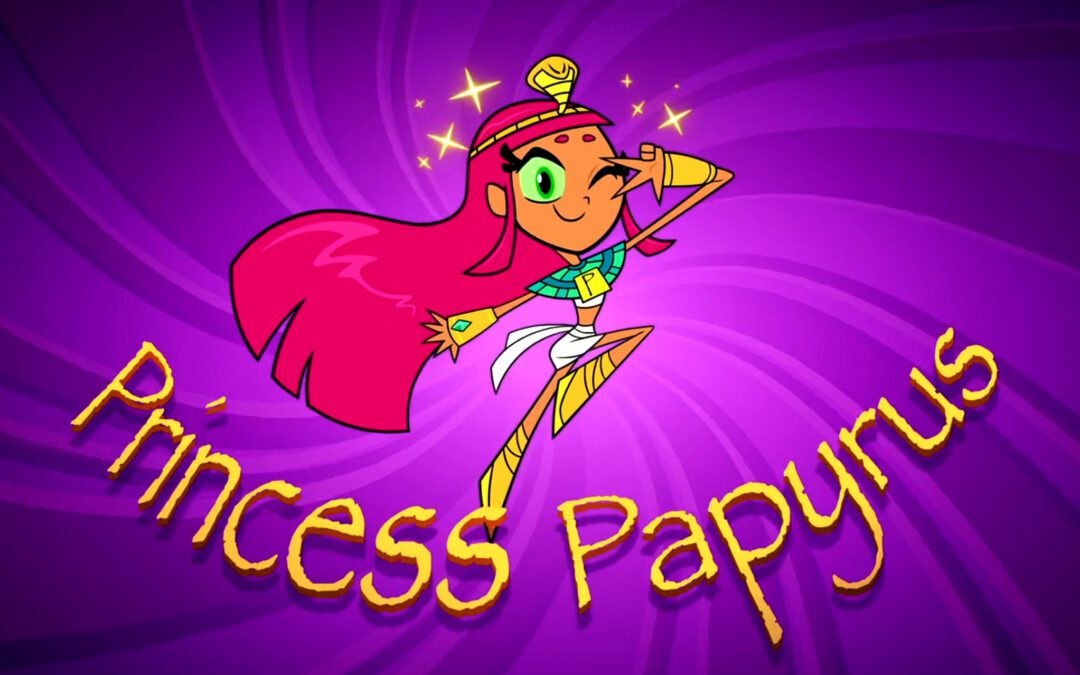
Teen Titans Go! Zimdings is a love letter to typography nerds
Teen Titans Go! Zimdings turns terrible fonts into superheroes. Talk about a love letter to designers and typographers. I felt seen.
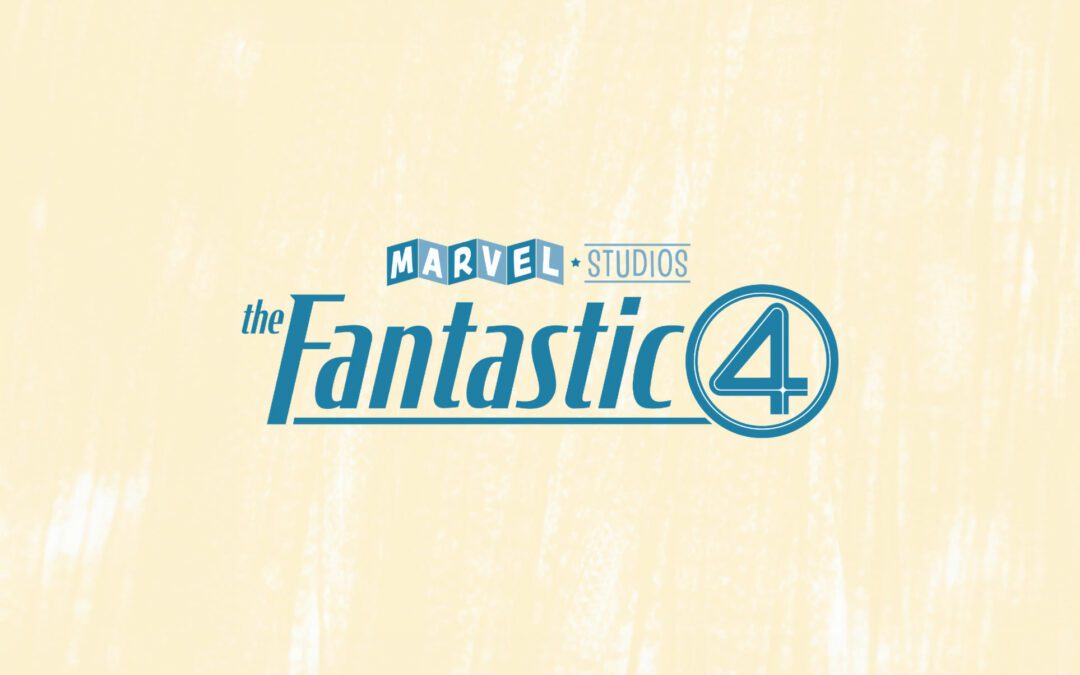
The new Fantastic 4 Logo is fantastic!
Marvel released the casting for the next Fantastic 4 film. But who cares about that, did you see the new Fantastic 4 logo? It’s…fantastic!
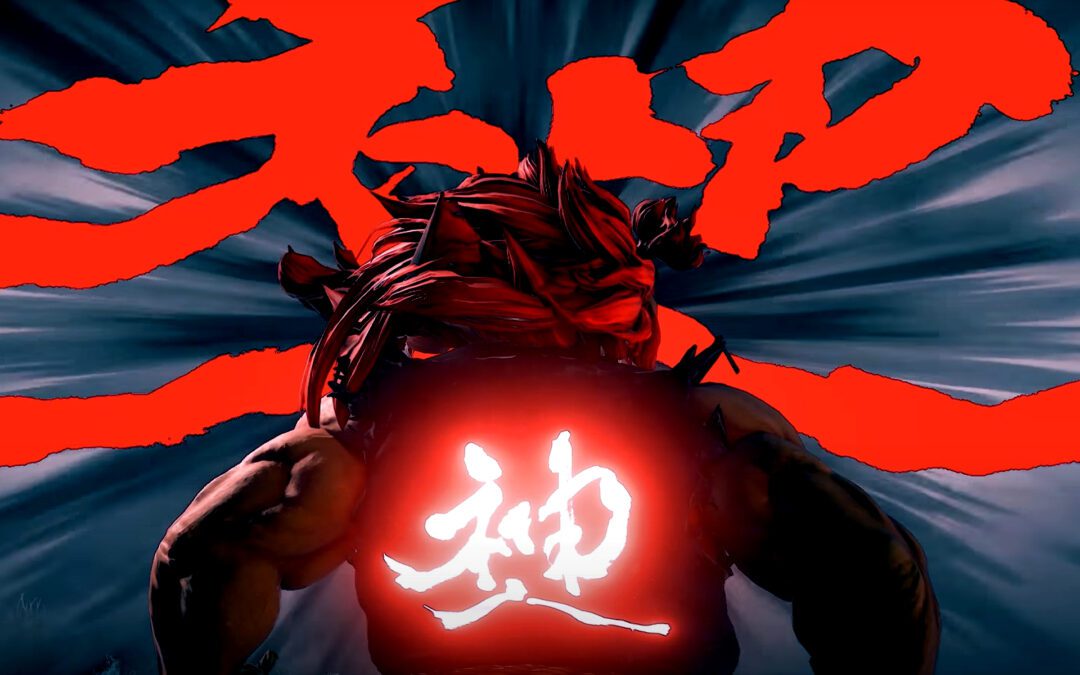
8 Masters of Evil Karate
Evil Karate masters are a staple in pop culture! Especially in the 80s. Here are 8 treacherous karate villains worthy of your hate.
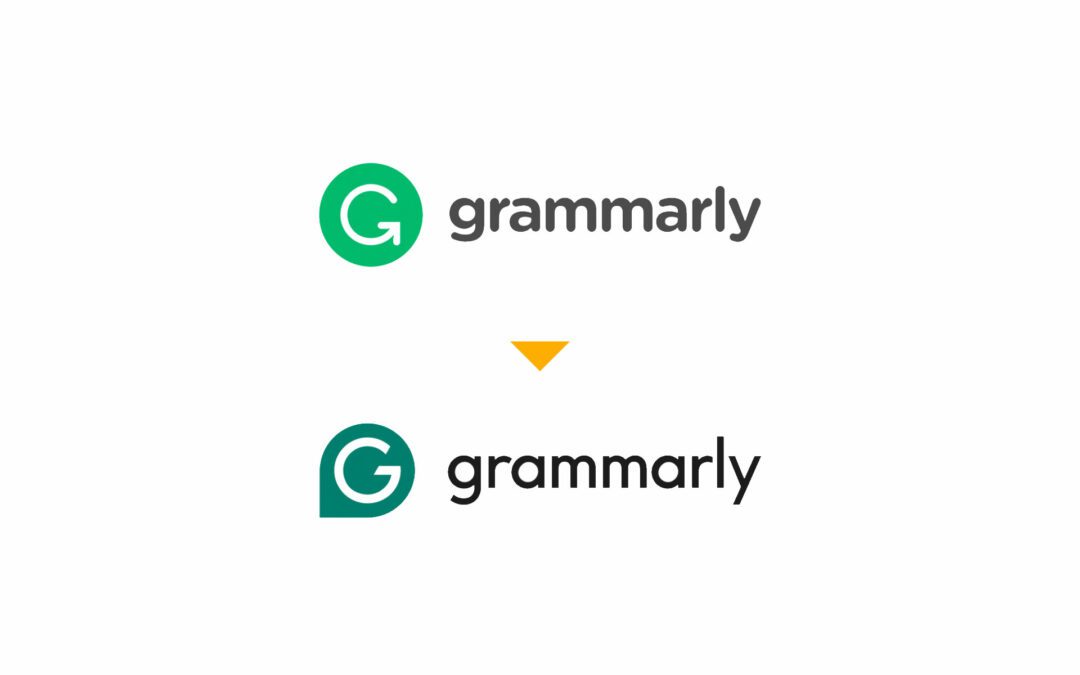
Grammarly’s new logo is a step backward
From a design perspective, Grammarly’s new logo is a step back from what could have evolved into a robust brand design system.
Around The Web
I write all over the internet. Check out some highlights from various publications. For more, contact me
